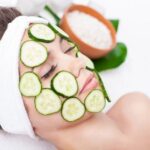1. Wash Your Hands Before Washing Your Face
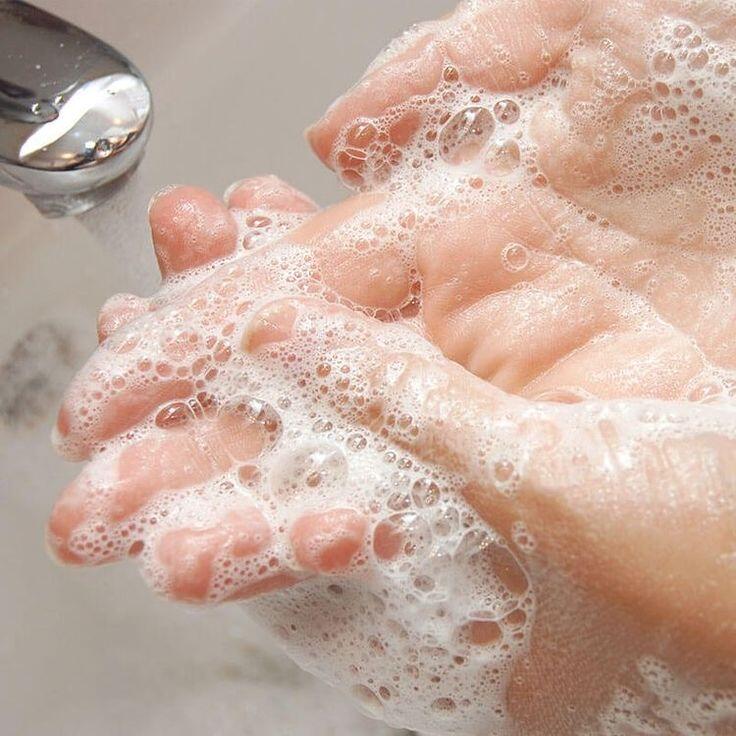
Washing your hands with soap before touching your face will minimize the transfer of bacteria to your skin.
2. Dampen Your Skin Before Applying Cleanser
It is recommended to dampen your face with clean water before using a facial cleanser. This helps to hydrate the skin, open up pores, and allow the cleanser to penetrate deeper, removing bacteria and dirt. It also reduces potential irritation from the cleanser’s ingredients.

Dampen your face with clean water before applying any cleanser.
3. Choose a Cleanser Suitable for Your Skin Type
We all have different skin types with unique needs, so it’s important to select the right cleanser. Using an unsuitable product can lead to dryness, irritation, or ineffective cleansing. If you have oily or acne-prone skin, opt for a foaming cleanser as the foam helps remove excess oil and dirt from pores. For those with thin, sensitive, or easily irritated skin, choose a non-foaming cleanser to maintain the skin’s protective barrier while hydrating and nourishing it.
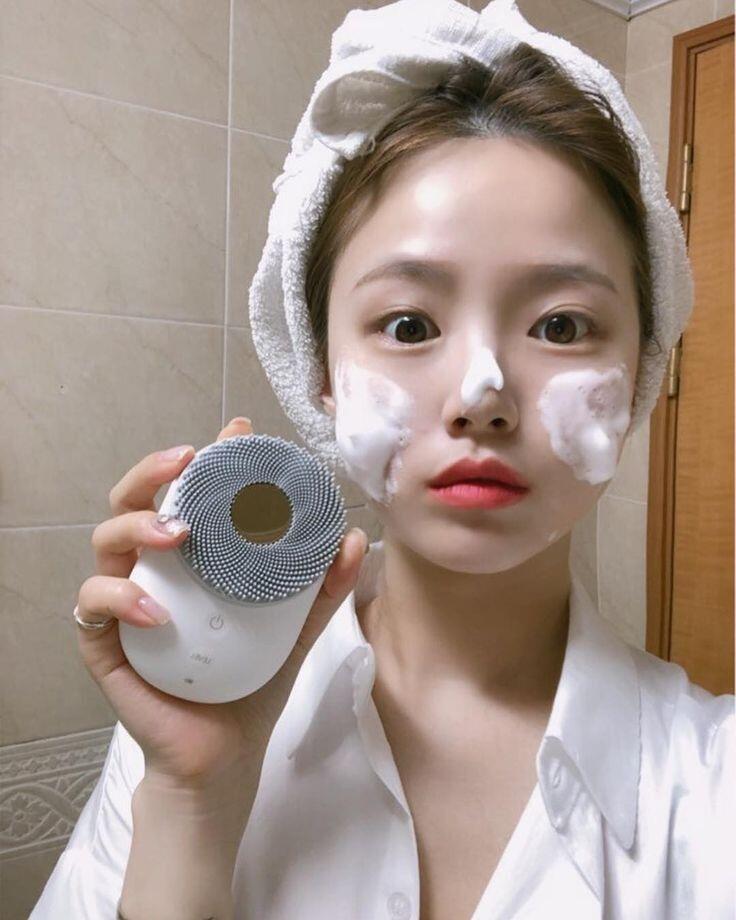
Selecting a cleanser that suits your skin type ensures thorough cleansing while maintaining your skin’s natural moisture.
4. Gently Apply the Cleanser to Your Skin
Contrary to popular belief, you don’t need to scrub your face vigorously to achieve deep cleansing. Gently massaging the cleanser onto your skin in a circular motion is sufficient to remove all impurities. Rubbing too hard can cause skin damage, micro-tears, and increased vulnerability to bacterial infection. A gentle touch is all you need for a comfortable and effective cleanse.

Avoid harsh scrubbing, and always apply your cleanser gently to protect your skin.
5. Limit Cleansing to Once or Twice a Day
Despite the temptation to cleanse more frequently, especially if you have oily skin or spend a lot of time outdoors, it is generally recommended to limit cleansing to once or twice a day. Over-cleansing can strip away your skin’s natural oils, leaving it vulnerable to environmental damage and dirt. Additionally, if your cleanser contains exfoliating ingredients, using it too often can thin out your skin, making it more susceptible to sun damage, makeup, and bacterial infections. Stick to a morning and evening routine for healthy, protected skin.

Cleansing once or twice a day will keep your skin clean, fresh, and healthy.
6. Choose the Right Water Temperature
The temperature of the water you use is crucial. Extremely hot water can dry out your skin, cause irritation, and put pressure on your skin’s oil-producing glands, leading to either excessive dryness or oiliness. On the other hand, very cold water can cause pores to shrink, making it difficult to achieve a thorough cleanse and potentially damaging your skin. The ideal temperature is warm—not too hot or too cold—as it provides a comfortable and gentle cleansing experience.
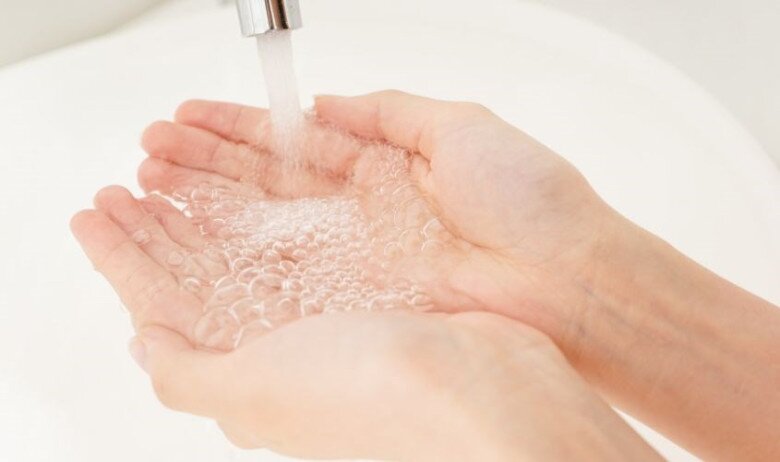
Warm water is ideal for cleansing, as it soothes and relaxes the skin while effectively removing impurities.
7. Spend at Least One Minute Cleansing
The duration of your cleansing routine matters. Cleansing too quickly may not give enough time to properly clean your skin, while taking too long can strip away natural oils, leading to dryness and irritation. Both scenarios can exacerbate skin issues like acne and inflammation. The sweet spot is spending at least one minute gently cleansing your face, ensuring that your skin is thoroughly cleaned while preserving its natural oils.
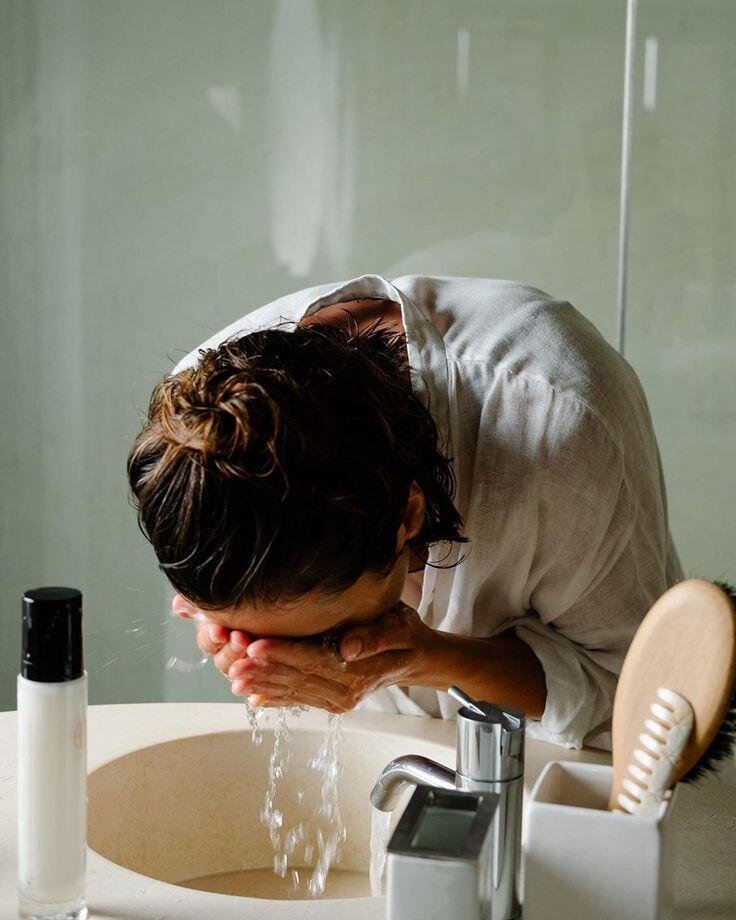
A one-minute cleanse ensures your skin is thoroughly cleaned while maintaining its moisture balance.
These seven simple yet effective tips will help ensure a proper facial cleansing routine for all skin types. By following these steps, you’ll be on your way to achieving softer, smoother skin while reducing the risk of irritation, inflammation, and acne breakouts.
Is TikTok’s Latest Beauty Craze Really Effective?
In the age of TikTok, the beauty community and the cosmetics industry have found a new playground to reach the masses. With an influx of new and innovative skincare tips and tricks being shared daily, it’s hard to know which ones are worth your time and effort. While some of these hacks may be entertaining, not all of them are effective or backed by scientific evidence.
The Ultimate Guide to Creating Your Own Night Cream: Simple Ingredients, Beautiful Results
Are you on the hunt for the perfect DIY night cream? Well, look no further! We’re about to dive into the world of at-home skincare and uncover the very best ingredients to create your very own, personalized night cream. It’s time to unlock the secrets to achieving that radiant, glowing complexion from the comfort of your own home. Join us as we explore nature’s bounty and craft a skincare routine that’s truly yours.




























